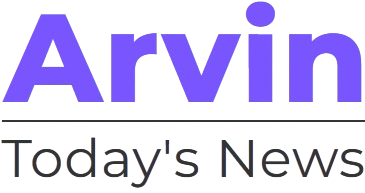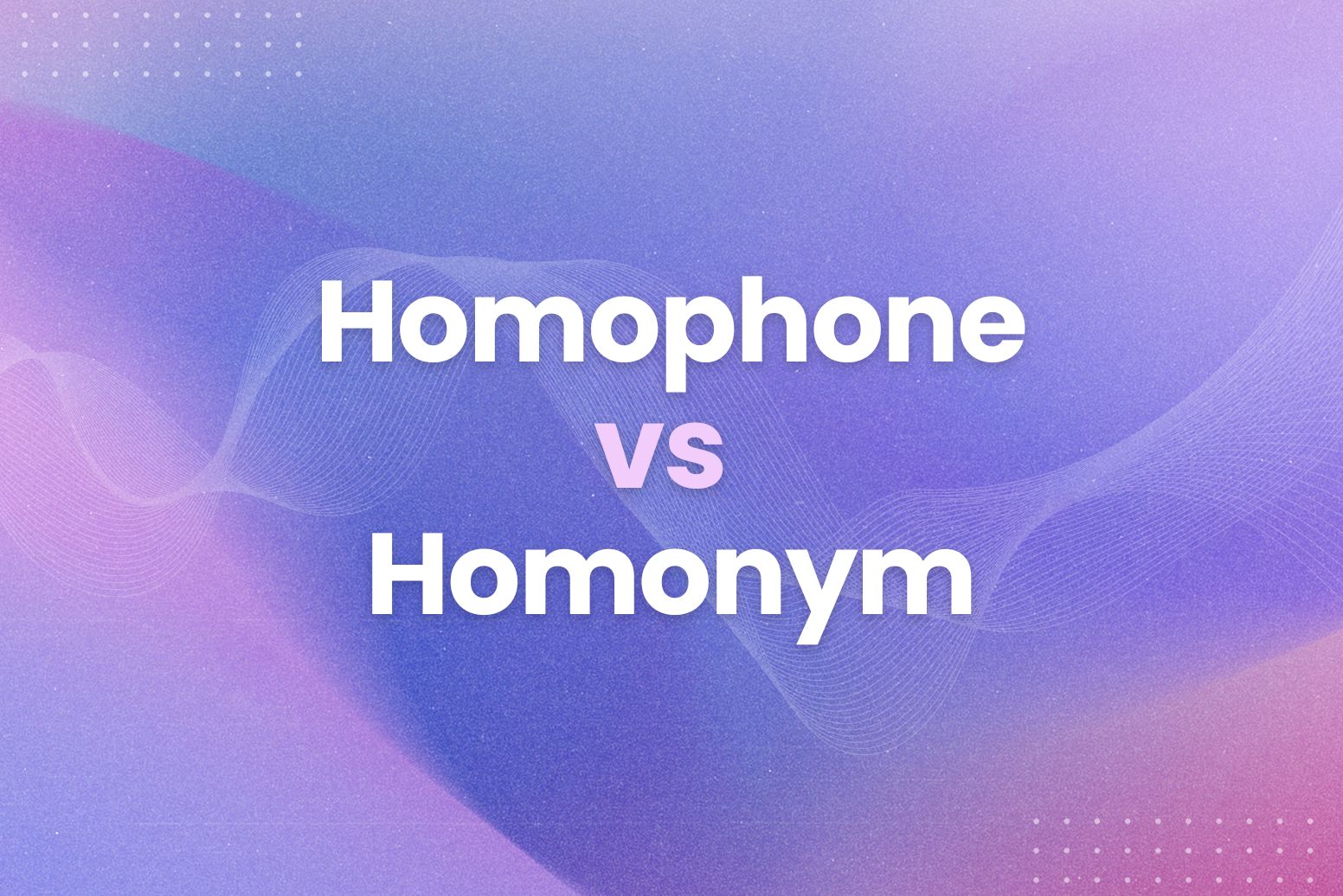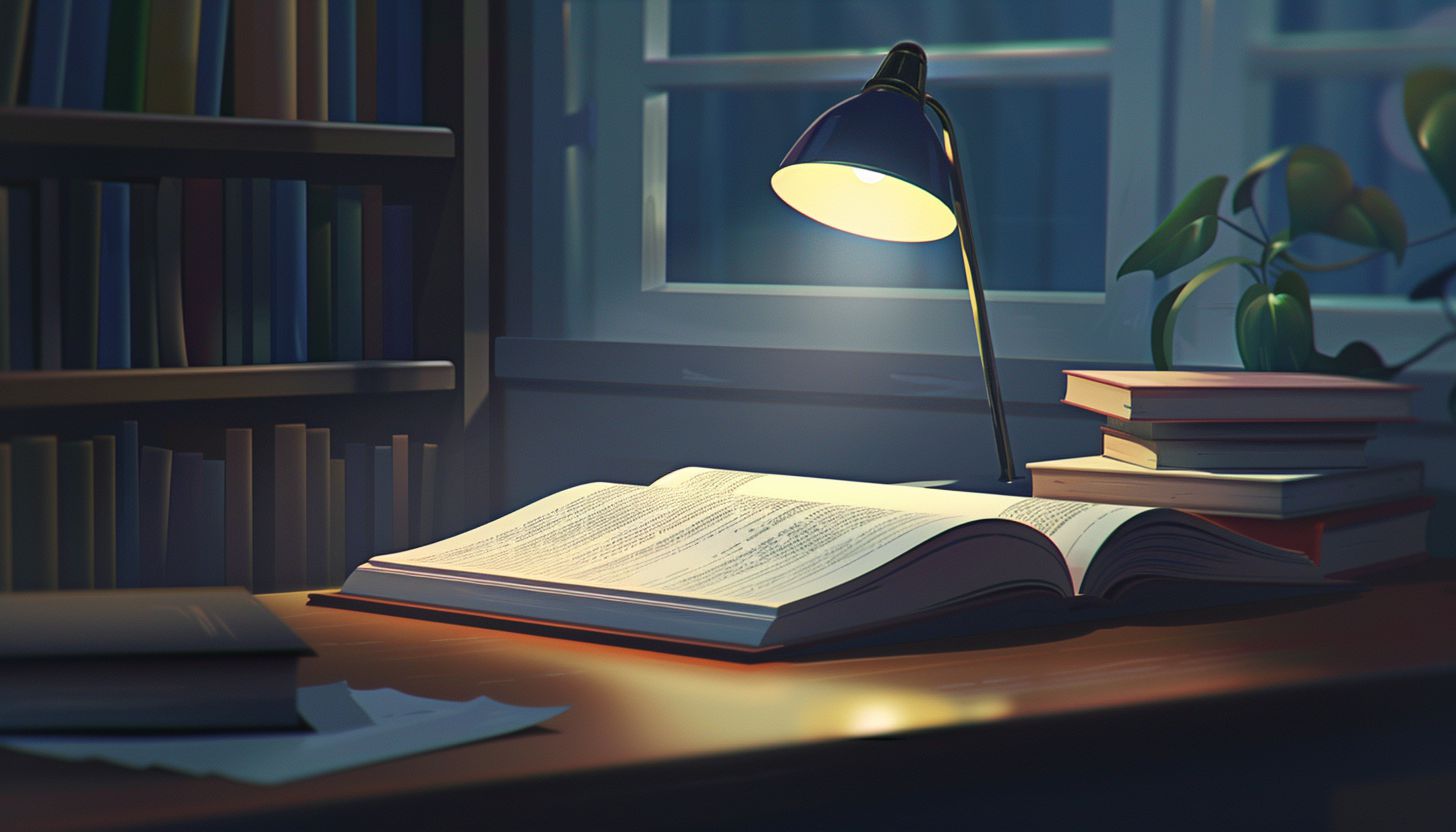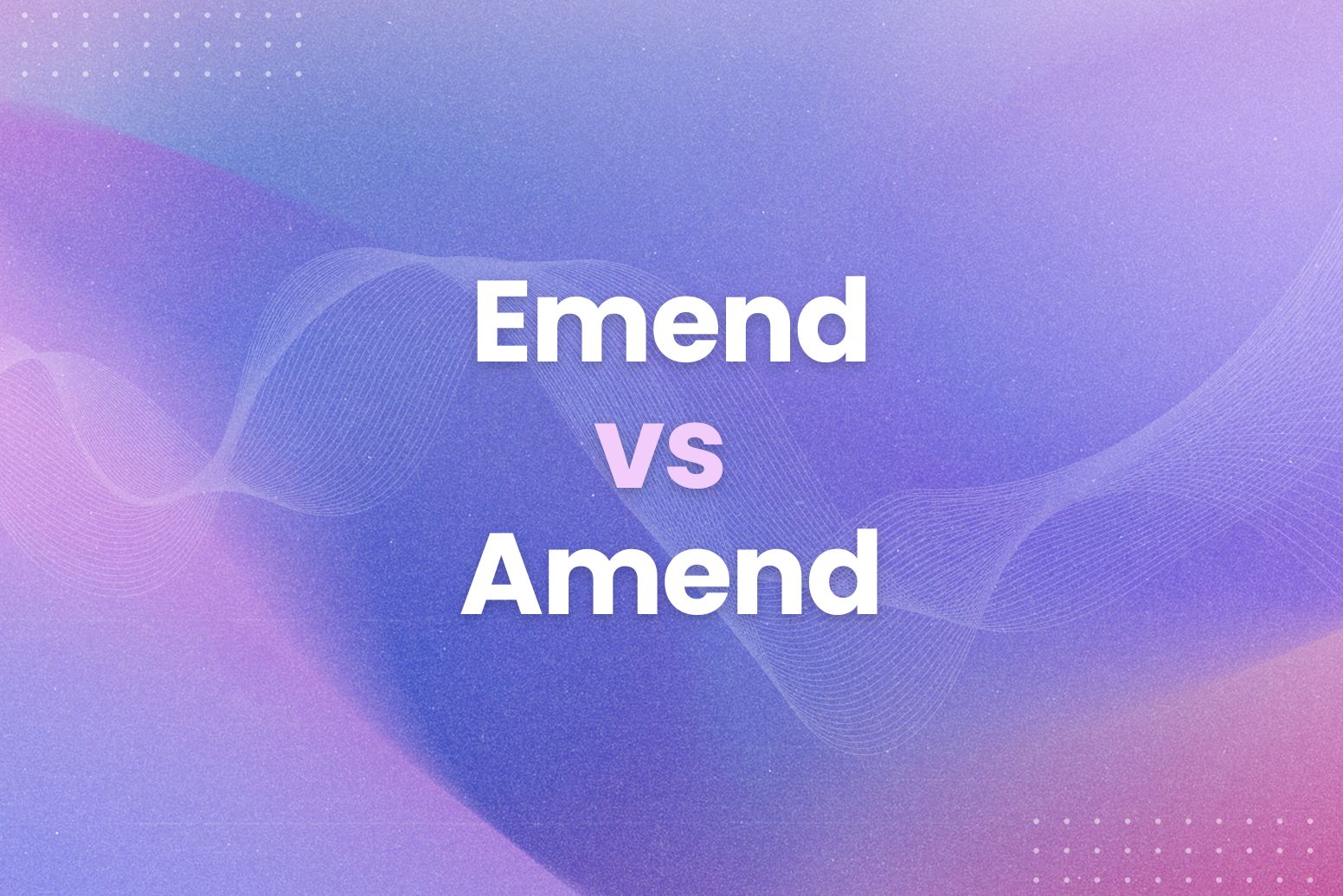Ever tripped over words that sound the same but are totally different? It’s a common writing woe. Words like “there,” “their,” and “they’re” can cause headaches. Consequently, clear communication suffers. This guide cuts through the confusion. We’ll break down homophone vs homonym. We’ll also show you how to avoid common mistakes. Here’s what we’ll cover:
- Defining homophones and providing examples.
- Explaining homonyms with clear illustrations.
- Offering practical tips to differentiate between them.
This will ensure you’re using the right word every time.
Defining Homophones and Providing Examples
Homophones are word twins. They sound identical. However, they have different spellings and meanings. For example, “see” (to perceive with your eyes) and “sea” (a large body of saltwater) are homophones. Similarly, “hear” and “here” sound alike, but one means to perceive sound, while the other refers to a location.
Here are more examples:
- To, too, two: “I’m going to the store too to buy two apples.” This sentence uses all three.
- There, their, they’re: “There goes their car. They’re late.” This is a tricky trio.
- Buy, by: “I will buy a book by that author.” One means to purchase, the other indicates proximity or authorship.
- Cell, sell: A prison cell is different from what you sell at a store.
- Sun, son: The sun is a star. Your son is your male child.
These words can be confusing. Consequently, they often cause writing errors.
Homophone vs. Homonym: The Key Difference
It’s easy to mix up homophones and homonyms. However, there’s a crucial difference. In short, homophones only sound the same. They have different spellings and meanings. On the other hand, homonyms sound the same and are spelled the same. However, they have different meanings.
Here’s a simple way to remember it:
- Homophones: Same sound, different spelling and meaning. 1 Think “hear” and “here.”
- Homonyms: Same sound and spelling, different meaning. Think “bank” (financial institution) and “bank” (river’s edge).
Here’s a table to illustrate the difference:
| Feature | Homophone | Homonym |
| Sound | Same | Same |
| Spelling | Different | Same |
| Meaning | Different | Different |
| Example | “See” and “Sea” | “Bat” (animal) and “Bat” (sports equipment) |
Therefore, if words share only pronunciation, they’re homophones. If they share both pronunciation and spelling but have different meanings, they’re homonyms. This distinction is important for clear communication.
Explaining Homonyms with Clear Illustrations
Homonyms are different from homophones. They also sound the same. But here’s the catch: they’re also spelled the same. However, they have different meanings. That is to say, one word has multiple, distinct meanings.
For example, the word “bank” can refer to a financial institution or the side of a river. Similarly, “address” can mean a location or to speak to someone. These words share spelling and pronunciation. However, their meanings depend on context.
Here are more examples:
- Bat: A nocturnal flying mammal, or a piece of sporting equipment.
- Fair: Just and impartial, or a gathering for entertainment and trade.
- Fine: Of high quality, or a monetary penalty.
- Match: A small stick used to start a fire, or a sporting contest, or something that is similar or equal to something else.
- Present: A gift, or being in a particular place, or the current time.
Consider this: “I went to the bank by the river.” The word “bank” appears twice. However, it has different meanings in each instance. This is a classic homonym example. Therefore, paying attention to context is key.
Offering Practical Tips to Differentiate Between Them
So, how do you tell these tricky words apart? It’s all about context. That is to say, the surrounding words provide clues. Therefore, reading the entire sentence is crucial.
Here are some practical tips:
- Read the whole sentence: Don’t just focus on the word itself. The surrounding words will usually clarify the meaning. For instance, “I went to the bank to deposit a check” clearly refers to a financial institution. On the other hand, “I sat on the bank of the river” refers to the river’s edge.
- Consider the sentence’s purpose: Is the sentence describing a location? An action? This will help you narrow down the possibilities. For example, if a sentence discusses buying something, you know it’s “buy,” not “by.”
- Use a dictionary (or Arvin): If you’re still unsure, look up the word. A dictionary will provide definitions for all possible meanings. Similarly, Arvin can instantly define words within any webpage. Simply highlight the word, and Arvin will show you its definitions and usage examples. This is especially helpful if you’re writing online.
- Think about the word’s function: Is it a noun, verb, adjective, or adverb? This can also offer clues. For example, “to,” “too,” and “two” have different grammatical functions. “To” is a preposition or part of an infinitive verb. “Too” is an adverb meaning “also” or “excessively.” “Two” is a number.
Using these tips will greatly reduce confusion. Consequently, your writing will become clearer and more accurate.
Write with Confidence: Arvin’s Got Your Back
Homophones and homonyms can be tricky. However, understanding the difference is key to clear writing. Consequently, by using context clues and resources like dictionaries, you can avoid common mistakes.
Here are the key takeaways on homophone vs homonym:
- Homophones sound alike but have different spellings and meanings.
- Homonyms sound alike, are spelled alike, but have different meanings.
- Context is crucial for understanding both.
Arvin simplifies writing. For instance, if you’re unsure about a word’s meaning or usage, Arvin is there. With instant definitions and grammar checks, Arvin helps you write with accuracy and confidence. Therefore, give Arvin a try and write error-free text today.
FAQs on Homophone vs Homonym
What is the difference between a homophone and a homonym?
Homophones sound the same. However, they have different spellings and meanings. For example, “hear” and “here.” Homonyms also sound the same. But they also have the same spelling. However, they have different meanings. For instance, “bank” (financial institution) and “bank” (river’s edge). Therefore, spelling is the key difference.
What are examples of homonyms?
Here are a few examples:
- Bark: The sound a dog makes, or the outer layer of a tree.
- Kind: Gentle and caring, or a type or sort.
- Lie: To recline, or to tell a falsehood.
Is “duck” a homophone or a homonym?
“Duck” is a homonym. It can refer to a water bird, or the act of lowering your head or body quickly. Therefore, it has the same spelling and pronunciation but different meanings.
What is the difference between homophones and homographs with examples?
Homophones sound the same but have different spellings and meanings. For example, “to,” “too,” and “two.” Homographs, on the other hand, are spelled the same but have different sounds and meanings. For instance, “lead” (to guide) and “lead” (a metal). Therefore, the pronunciation is the main difference.






